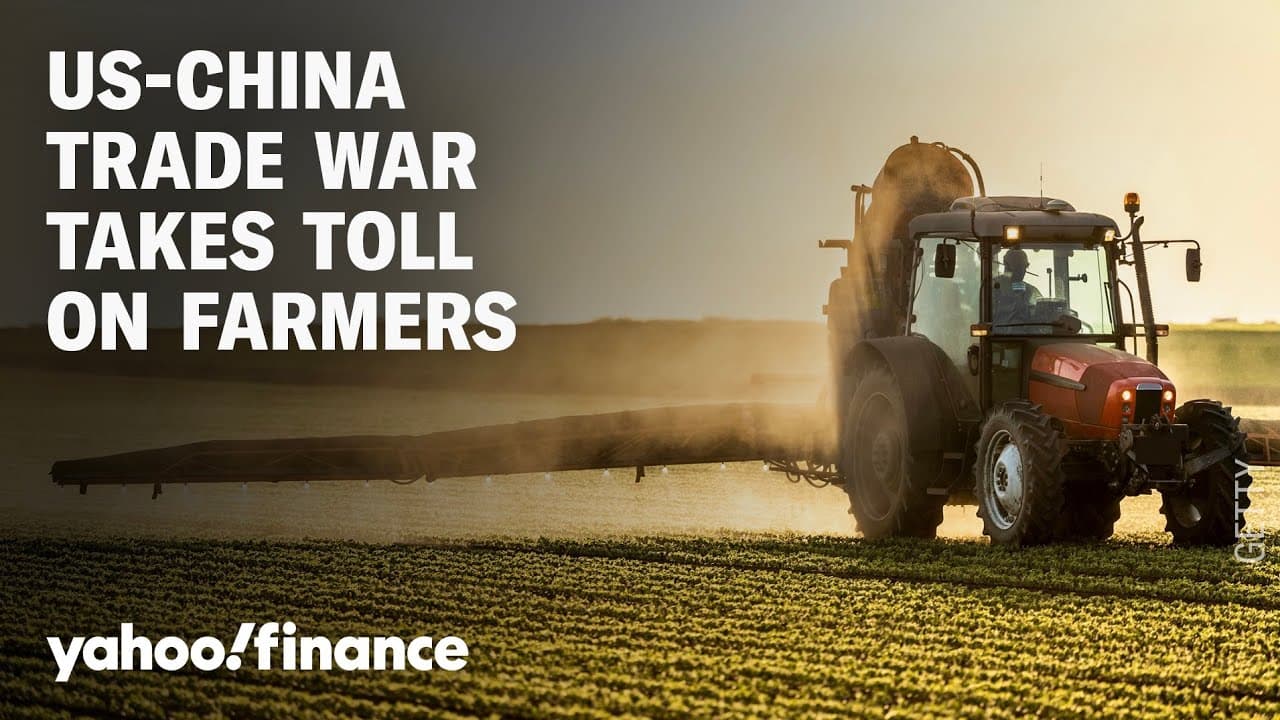Billions in Taxpayer Funds Aid Farmers Amidst Persistent Trade War Tariff Criticisms

Washington D.C. – American farmers have received billions of dollars in taxpayer-funded aid designed to offset significant losses incurred from retaliatory tariffs imposed during ongoing trade disputes, primarily with China. This financial assistance, while intended to support the agricultural sector, continues to draw sharp criticism from some quarters who argue it merely compensates for policies that initially harmed their businesses.
The US-China trade war, which escalated with tariffs on various goods, led to a substantial reduction in American agricultural exports. Retaliatory tariffs, particularly from China, severely impacted key commodities like soybeans, corn, and pork, causing market disruptions and a sharp fall in farmer incomes. According to a CSIS analysis, retaliatory tariffs since 2018 have cut U.S. agricultural exports by over $27 billion, with projections indicating deeper losses by 2025.
In response to these economic pressures, the U.S. government implemented several aid packages. During the initial phase of the trade war, the White House provided farmers with approximately $23 billion in relief. More recently, reports in 2025 indicated plans for another farmer bailout, with projections of $10 billion to $15 billion in aid derived from tariff revenues.
Critics argue that these relief programs, while necessary for farmers' survival, effectively use taxpayer money to mitigate the consequences of the very tariffs that created the problem. As one social media user, BK 🇺🇸, stated in a recent tweet, "> You screwed the farmers by tariffing their business away and now you want to make them whole with more of the peoples tax money. Unbelievable." This sentiment reflects a broader debate about the long-term efficacy and fairness of such stopgap measures.
The trade war has also prompted China to diversify its agricultural imports, shifting purchases to countries like Brazil and Argentina. Experts from Oxford Economics suggest that US soybean farmers may have permanently lost a significant portion of their market share, as China aims to safeguard its food supply against future trade disputes. This market reorientation complicates the path to full recovery for American agriculture, even if tariffs are eventually rolled back.